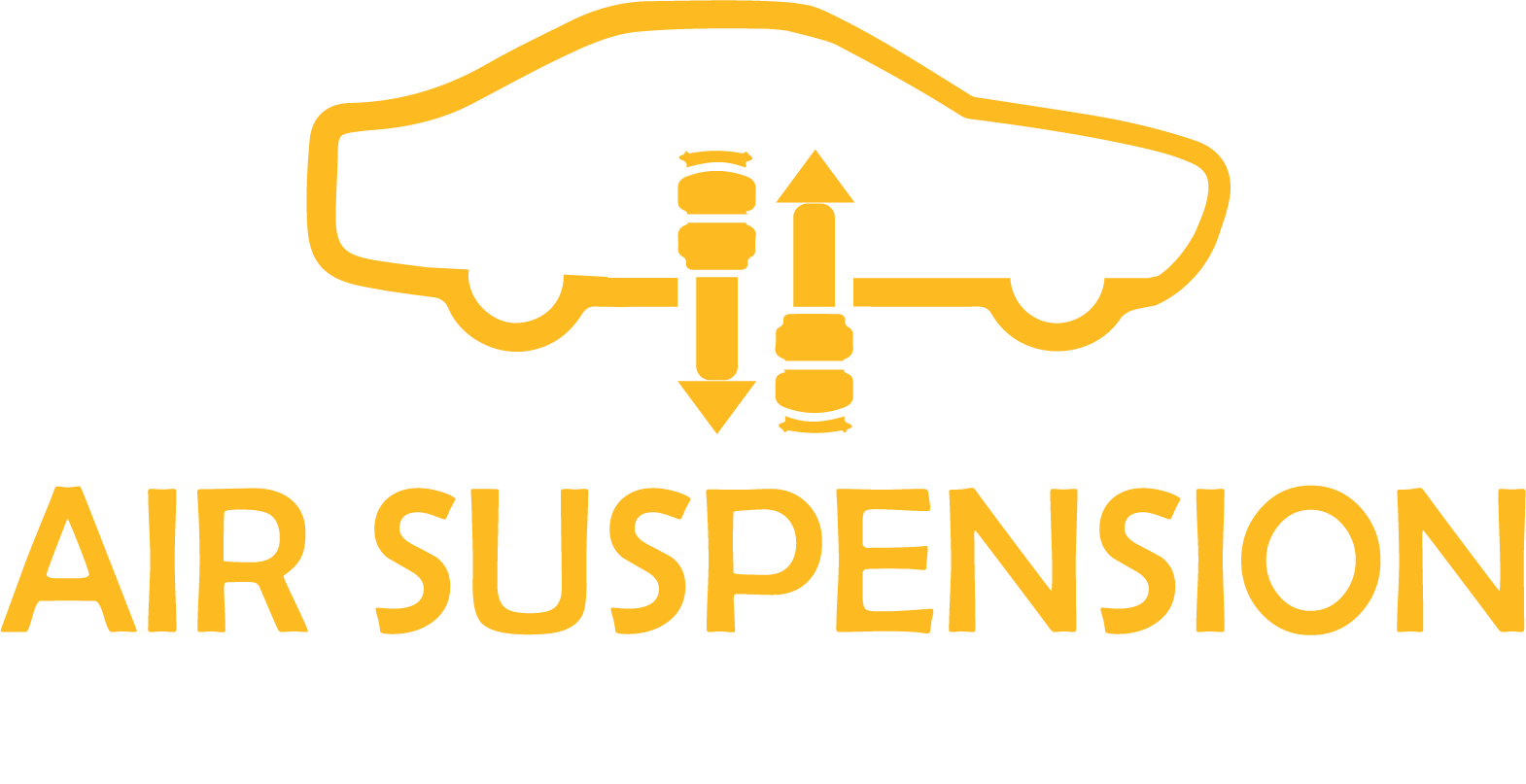Jaguar Air Suspension FAQ – XJ, XF, F-Pace, I-Pace (UAE Focus)
Models like the Jaguar XJ, XF Sportbrake, F-Pace, and I-Pace come equipped with adaptive air suspension systems, especially in upper trims and UAE-spec versions.
Air suspension improves ride comfort, handling, and vehicle leveling. It also allows height adjustment for loading or sporty driving.
Use the height adjustment switch in the cabin or infotainment system. It offers standard, off-road, and access modes in air-equipped models.
Yes. Vehicles like the F-Pace and I-Pace offer increased clearance for sand and rocks, suitable for Dubai desert terrain when driven cautiously.
This could be caused by a leaking air spring, failed height sensor, or defective valve block. UAE climate can accelerate wear.
On average, air springs and compressors last 4–6 years in the Gulf, but early signs of wear can appear due to heat and dust exposure.
Visible sagging, suspension fault lights, harsh ride, compressor running too often, or slow lift are common indicators of a problem.
Replacing one air spring costs between AED 2,000–4,000. Full system service including the compressor can exceed AED 10,000 depending on the model.
Driving short distances is possible, but risky. The car may drop suddenly or become unstable. It’s better to tow and inspect immediately.
Yes. The I-Pace features an advanced version of adaptive air suspension with auto-leveling, offering enhanced comfort and improved drag reduction.
Leaking air springs, worn valve blocks, or minor compressor leaks can cause the suspension to drop after hours of sitting, especially in older XJ or F-Pace models.
It’s possible to replace one, but it's often recommended to replace in axle pairs to maintain balance and even wear, especially in rear-loaded UAE conditions.
Inspect components annually. Replace compressor filters every 2–3 years. Dust and heat in Dubai make regular inspections even more important.
Yes. The car lowers automatically at highway speeds to improve aerodynamics and reduce drag, boosting efficiency slightly.
Codes like C1A20 (pressure control), C1131 (valve block), or C1A36 (ride height sensor) are common and require proper diagnostics to address.
Yes. You’ll need a Jaguar-specific diagnostic tool or software like SDD to calibrate height sensors and ensure proper ride height balance.
In most cases, yes. Coverage includes compressors and struts up to the plan’s mileage limit. Always confirm with your Jaguar UAE dealer.
It automatically levels the rear of the vehicle when towing heavy loads, maintaining safe handling and reducing headlight misalignment.
No. The system remembers your last setting unless overridden by a specific mode or speed-triggered adjustment.
Not recommended. Some diagnostics tools allow deactivation for testing, but it shouldn't be disabled during normal driving.
Yes. The XJ features a more advanced system with variable damping and full 4-corner control, while the XF often includes rear-only air suspension in Sportbrake trims.
Yes. Low voltage can interrupt sensor readings or compressor operation, triggering warning lights or limp height mode.
With the engine running, listen for compressor activation. Long cycles or no activation can indicate a pressure or relay fault. Use diagnostic tools to check.
No rise when selected, excessive noise, burning smell, or overheating are typical compressor failure symptoms in hot climates like the UAE.
Experienced workshops in Dubai can complete replacement in 2–3 hours per corner, depending on access and calibration needs.
Yes. Faulty or miscalibrated suspension will misalign your wheels, leading to premature tire wear and handling issues.
Yes, aftermarket links can lower ride height slightly. Make sure your sensors are recalibrated or faults may occur after installation.
Yes. Each wheel has its own sensor, allowing precise leveling and height control on uneven terrain or when load distribution changes.
Jaguar’s air suspension uses dry compressed air. Moisture in the lines must be filtered to prevent corrosion or control block failure.
It’s typically under the rear seat or trunk area. Access may vary by model. It controls valve blocks, sensors, and compressor operation.
It’s possible using conversion kits, but not advised unless you're permanently removing the system. It may trigger ECU faults and reduce comfort and resale value.
Yes. Rear bags bear more load from cargo and passengers, especially in SUVs like the F-Pace, leading to earlier wear in UAE conditions.
Yes. Terrain Response adjusts ride height, stiffness, and throttle sensitivity depending on selected off-road mode or surface type.
Yes. Dealers or specialists with JLR diagnostic tools can flash updated firmware to improve calibration, especially after part replacements.
In many models, yes. Jaguar and Land Rover share components and engineering, including air suspension compressors, sensors, and valve designs.
Park in shade when possible, avoid off-roading without raising the car, check for warning lights often, and service the compressor filter annually.
Yes, especially from brands like Arnott or Dunlop. They often cost less and carry UAE workshop warranties for peace of mind.
If done through unofficial tools or non-approved parts, yes. Always consult your UAE Jaguar service center before modification.
In emergencies, mechanics may lock ride height or disable controls to get you home. However, a full repair is required for safe driving.
You can visually inspect and compare sides, or use diagnostic tools to verify exact sensor values and recalibrate as needed.



